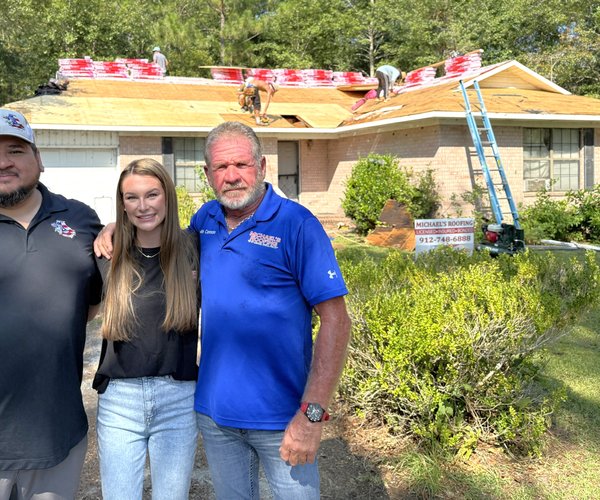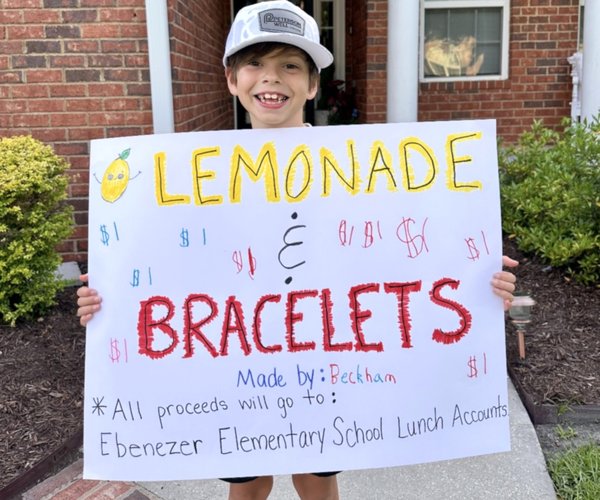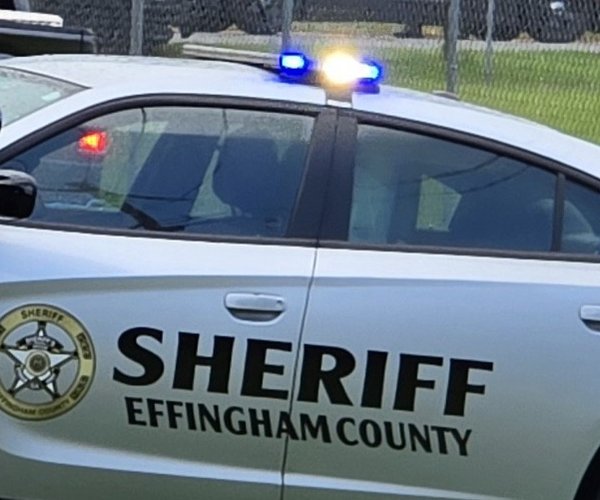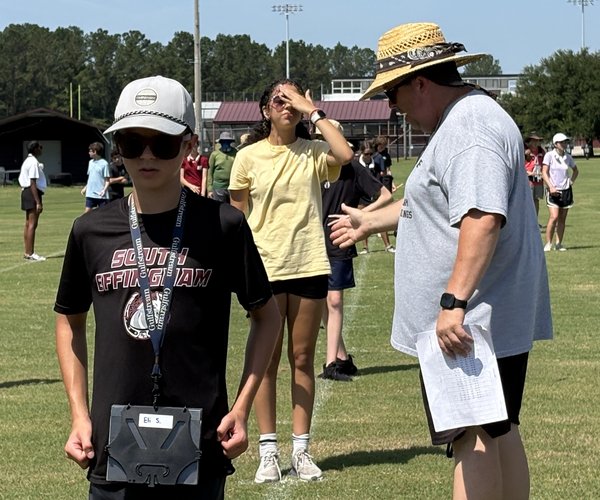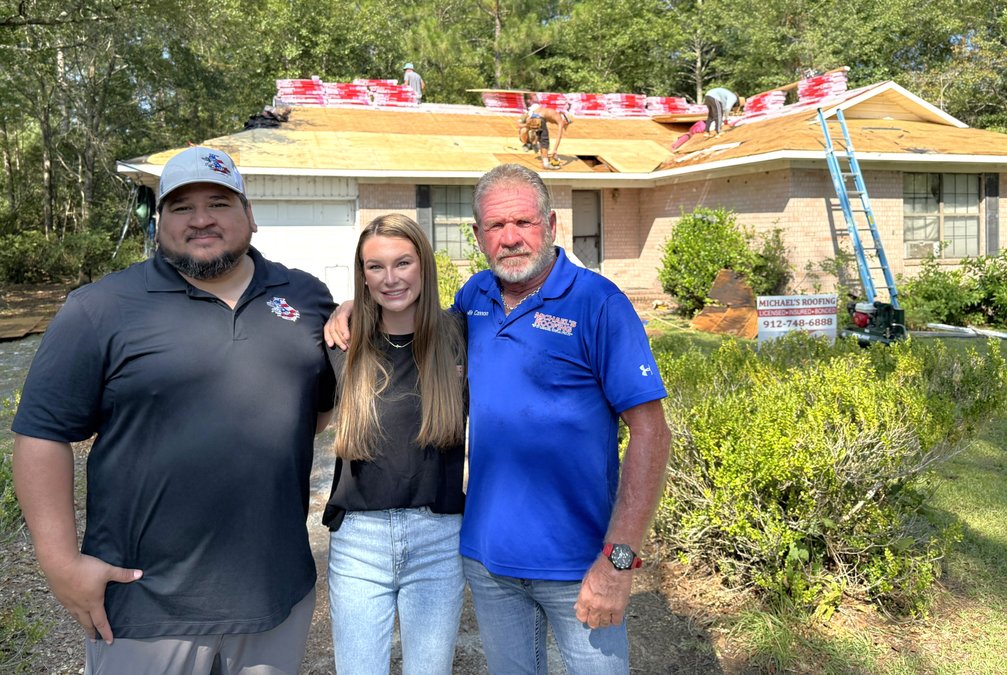A French company that will open a manufacturing plant in Effingham County is working with Springfield officials on a water and sewer arrangement.
DRT plans to open a turpentine-processing facility on Effingham Industrial Park’s Governor Treutlen tract.
Corey Schneider, president of DRT America LLC, said the company is hoping to get the agreement done before the end of the year.
“It would be a very powerful statement and help assure our owners,” he said. “It would be helpful to them to know that’s in place.”
Not having the water-sewer agreement in place by year’s end wouldn’t be a deal-breaker, Schneider added.
DRT will take turpentine and turn into products to be used into fragrances.
“We don’t make the actual fragrances,” Schneider said. “We make the ingredients that go into the fragrances. Perfumes, household detergents that have a scent, could be made with some of our products.”
DRT also makes products that go into adhesives and into chewing gum. The turpentine used will come from pulp mills’ byproducts, though the company may use turpentine taken from the old tapping method that Schneider said a Savannah man wants to reintroduce.
DRT will have a 75,000 gallon storage tank on site, and all its tanks will be surrounded by concrete retaining walls.
“If there is any kind of failure, the walls are designed to capture it all,” Schneider said.
The storage tank can hold up to three days of production before it is sent to the city’s wastewater treatment plant, according to Schneider. The water also will be treated before it is sent to the city’s system, Schneider said.
The plant will use a membrane and bio reactor, known as a MBR, to break down the water and remove as much material as possible,
Schneider. The system is similar to that used in many public treatment facilities.
“We’re going to treat it and get it really clean before we send it to you,” Schneider said.
The vast majority of the waste will be organic material and it will be consumed by bugs in the system. The MBR system can treat up to 35,000 gallons of wastewater.
“The bugs eat it up, they die, they fall to the bottom and you have solids called sludge,” Schneider explained. “The water passes through a membrane to capture the sludge. The water you get will be similar to water that you would get from a housing development. It’s pretty clean water before it gets to the (city treatment plant).”
Schneider added that odor from the plant should be minimal.
“It’s a very big concern of ours that we control the odor,” he said. “We’re doing that in a number of ways.”
The tanks are stainless steel and sealed, and nitrogen will be pumped in at the top. The system also is closed, and tanks also have vents. The fumes coming out are sulfurous, “so they smell bad,” Schneider said. The fumes are burned, and sulfur dioxide is captured and scrubbed.
“We won’t be putting enough sulfur into the air to cause corrosion,” Schneider said.
Truck traffic at the plant is expected to be four turpentine trucks a day, Schneider said.
The primary chemicals, aside from turpentine, will be hydrogen peroxide and sodium peroxide. The plant also will be built with an automatic system that produces foam, in case of fire, and local fire departments also will be asked to look at the facility before it opens.
“We’re not too close to a residential area,” Schneider said. “That was important in choosing our plant site. The material is flammable but not explosive. We’re pretty experienced in handling this material.”
DRT has applied for a state Environmental Protection Division permit for its pre-treatment process, but the company is asking for the water-sewer deal to be approved before its permit application reaches the approval stage. City Attorney Ben Perkins said there was a worry the city would enter into a contract before it knows the terms of the permit.
The city has structured the contract so that the company funds a portion of any cost to modify the city’s treatment plant in order to handle the plant’s contents.
“This isn’t a huge concern,” Perkins said, “but it is one of the protections we’ve built into the contract.”
DRT will start with a workforce of 30-35, with the goal of growing the employment to 40-45 workers. The company expects to break ground in the spring, and the plant will take about a year to build. Hiring will start toward the end of 2016, according to Schneider.
“We intend to be here for a long time,” he said.


